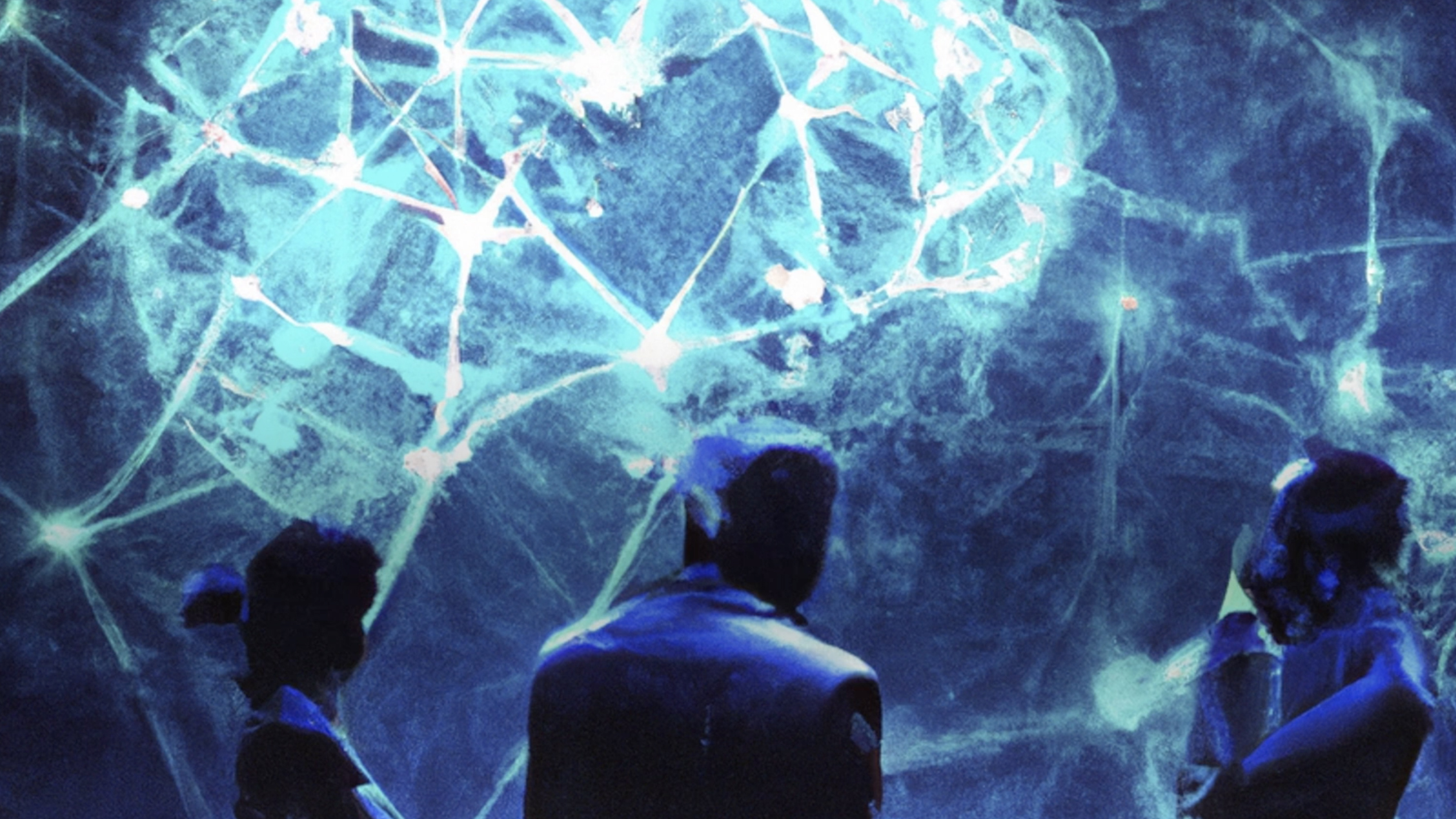Kalachakra Mandala
“I sketched every morning in a notebook a small circular drawing, a mandala, which seemed to correspond to my inner situation at the time… Only gradually did I discover what the mandala really is: … the Self, the wholeness of the personality, which if all goes well, is harmonious.” – C.G. Jung
Many ancient traditions have used geometric configurations of symbols, often described by the Sanskrit word ‘mandala’ (literally “circle”), to represent a spiritual journey starting from the outside to an inner core.
The sun came out for our visit to the Kalachakra Mandala in the Tibetan Peace Garden in Lambeth, which was opened by the Dalai Lama in 1999 following the construction and subsequent destruction in 1996 of an elaborate sand mandala by Tibetan Monks.
Near the entrance stands a stone pillar with a message from His Holiness the Dalai Lama: “May this peace garden … remind us that human survival depends on living in harmony and always choosing the path of non-violence in resolving our differences.”
Serafina took to the skies to record the configuration of the Kalachakra Mandala which has eight meditation seats representing the noble eightfold path: right view, thought, speech, action, livelihood, effort, mindfulness and concentration.
From above, it becomes clear that London is a city of contrasts. Right next door is the Imperial War Museum, which in 1936 took over the old buildings of Bedlam or St Mary of Bethlem Hospital; one of the oldest mental hospitals in the world. And nearby is the site of where once stood the home of the extraordinary artist William Blake, whom a long forgotten contemporary described as “an unfortunate lunatic, whose personal inoffensiveness secures him from confinement, and, consequently, of whom no public notice would have been taken”.
I remembered how the psychologist Carl Jung saw mandalas as archetypal forms representing the self and used them with his patients. He proposed that dreaming of and creating mandalas is a natural part of the individuation process. As such the circle invites conflicting parts of our self to appear and can allow for the unification of opposites. To Jung mandalas were important tools reflecting the progression of an individual’s psychological recovery.
And I thought of how Siddhartha Gautama, the spiritual teacher and founder of Buddhism, found Bodhi (spiritual enlightenment) while sitting under a large and very old sacred fig tree (Ficus religiosa):
“May all beings be free from suffering”











